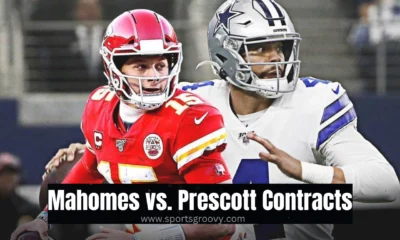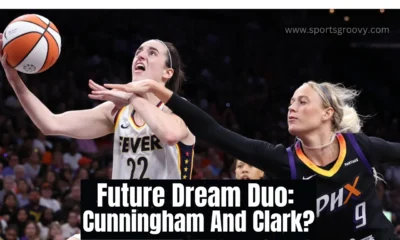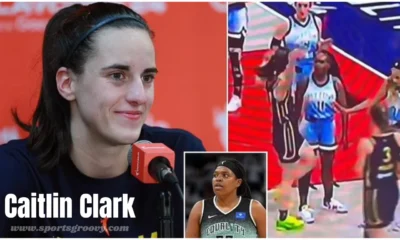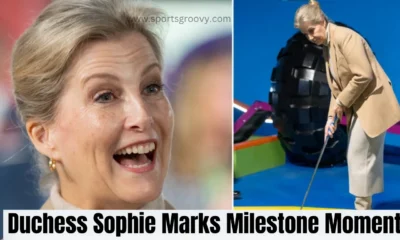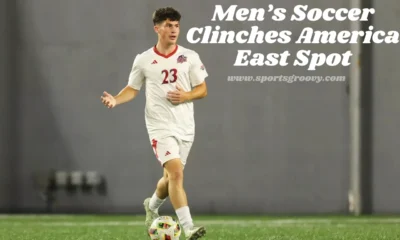Sports
2024 WNBA Season, Bracing for Record Breaking Attendance Surge
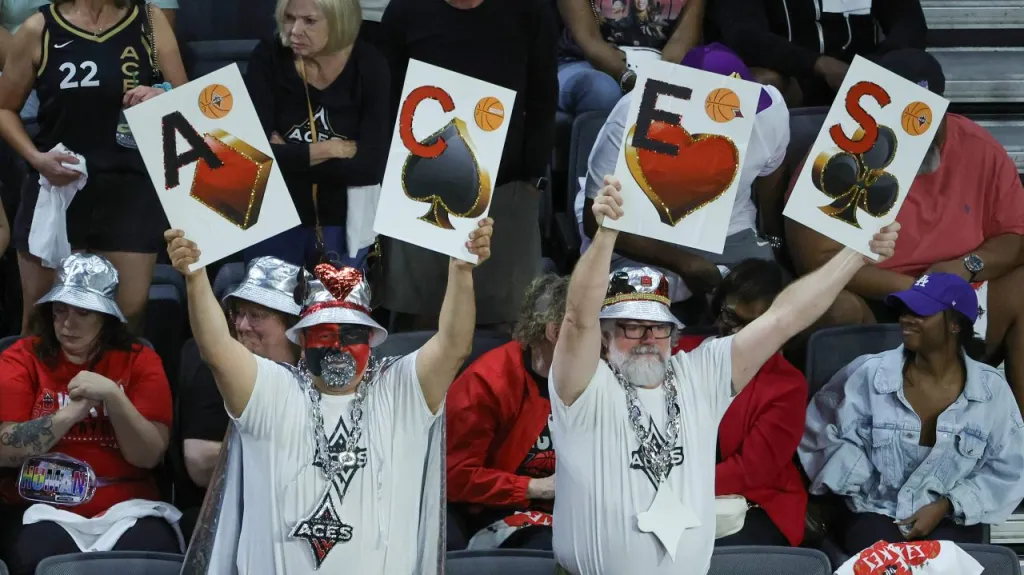
In 2023, the WNBA season made history with its TV audience. More people tuned in to watch basketball than in any other year. The regular season, where teams play before the playoffs, was the most watched it’s been in 21 years.
The Finals, which decide the championship, had the highest number of viewers in 20 years. Even the all Star Game, where the best players compete against each other, had its biggest audience in 16 years. It was a remarkable year for women’s basketball on television.
Despite the WNBA’s soaring TV ratings in 2023, the number of people attending games in person was lower than any WNBA season from 1997 to 2019. Back in the league’s early years, especially in 1997, 1998, and 1999. Where stadiums were packed with fans, marking the highest attendance figures.
However, in the following decade, there was a consistent drop in the number of people coming to watch games live. This trend continued until 2023, despite the excitement seen on television screens.
The contrast between the WNBA and the NWSL attendance trends is quite striking. While the NWSL, now in its 12th WNBA season. It has seen a steady increase in attendance over time, the WNBA has faced a different scenario.
When the WNBA launched in 1997, it rode the wave of excitement generated by the 1996 Olympics. This initial burst of enthusiasm, coupled with extensive marketing efforts, fueled a strong start for the league.
People were curious about what professional women’s basketball would look like. Especially with the backing of David Stern and the NBA. Rebecca Lobo, a standout player who participated in the 1999 WNBA All-Star Game. Which noted the high levels of anticipation surrounding the league’s inaugural season.
Despite this promising beginning, the WNBA’s attendance numbers didn’t maintain the same momentum over time. In contrast, the NWSL has seen consistent growth in attendance since its inception. By painting a different picture of fan engagement and interest in women’s professional sports.
When the WNBA kicked off on June 21, 1997, it made waves with an unforgettable advertising campaign sporting the tagline “We Got Next.” This catchy slogan became synonymous with the league’s launch. And was plastered across screens everywhere, thanks to an iconic marketing blitz.
Rebecca Lobo, a prominent figure in women’s basketball and a participant in the 1999 WNBA All-Star Game. By reminisced about the widespread promotion surrounding the inaugural WNBA season.
She highlighted how NBA playoff games in 1997 were punctuated with commercials promoting the upcoming women’s league. The hype was palpable, with massive advertising efforts drumming up excitement for the WNBA’s debut.
The anticipation reached its peak on the day of the first game in WNBA history. While featuring the New York Liberty against the Los Angeles Sparks. Broadcasted on NBC, this historic matchup drew in an astonishing audience of over five million viewers. To this day, no other WNBA game has surpassed this remarkable viewership milestone, cementing its place in sports history.
As the WNBA progressed through its first 25 WNBA season, several factors contributed to the consistent drop in attendance. While waning interest and the loss of the initial novelty played a significant role. While the venues where games were held also played a crucial part in shaping attendance figures.
For example, take the Atlanta Dream. Initially, they shared Philips Arena with the Atlanta Hawks, which provided a central and accessible location for fans. However, due to disagreements with the management of the Hawks. As the Dream relocated to the Gateway Center Arena at College Park.
This new venue, situated nearly 10 miles away from downtown Atlanta. By posed challenges for fans in terms of accessibility and convenience. Moreover, the arena’s capacity is smaller, accommodating fewer than 3,500 fans compared to the larger Philips Arena.
The shift to a less centrally located and smaller venue likely impacted attendance numbers for the Atlanta Dream. And reflects how venue choices can influence fan turnout in the WNBA.
Last season, the Atlanta Dream experienced a remarkable surge in attendance. Which frequently selling out the majority of their home games, as reported by Across the Timeline. This newfound popularity led to a situation where eager fans often found themselves waiting in lines outside the arena, unable to secure tickets.
ESPN basketball analyst LaChina Robinson highlighted this high demand, contrasting it with the limited availability of seats.
Meanwhile, several WNBA franchises that underwent relocations also made adjustments to their home arenas, often downsizing in the process. Take the Dallas Wings, for instance. Initially known as the Tulsa Shock, they played their games at the spacious BOK Center. Which boasted a capacity of over 17,000 spectators.
However, upon relocating, they settled into the more intimate College Park Center in Dallas, with a capacity of 7,000 seats.
Despite the reduction in capacity, the Wings are eying a move to downtown Dallas in the near future. Which potentially signaling a strategic shift aimed at enhancing accessibility and fan engagement. This trend underscores the dynamic relationship between venue choices and attendance figures in the WNBA.
In 2018 and 2019, the New York Liberty found themselves playing their home games in White Plains, New York. Where a shift from their iconic venue of 21 seasons, Madison Square Garden. This relocation was prompted by MSG’s announcement of plans to sell the team, necessitating a temporary change in venue.
Similarly, other WNBA teams have also undergone temporary relocations over the years. As driven by various factors such as renovations to NBA arenas or organizational decisions.
Reflecting on the evolution of WNBA venues since its inception in 1997, significant changes are evident. Back then, the smallest arena among the eight WNBA teams was the Compaq Center. Which home to the Houston Comets, with a seating capacity of roughly 17,000.
However, by 2023, six out of the 12 franchises were playing their home games in arenas with fewer than 15,000 seats.
This shift highlights a trend towards smaller, more intimate venues for WNBA teams over the years. While the reasons behind these changes vary, they underscore the league’s adaptability and commitment to creating engaging fan experiences. Even if it means sacrificing seat capacity for a more vibrant atmosphere.
In anticipation of the excitement surrounding No. 1 overall draft pick Caitlin Clark. Where teams in the upcoming WNBA season are taking proactive steps to address the capacity issue. By aiming to accommodate the anticipated surge in fan interest.
To kick off this initiative, the Las Vegas Aces have scheduled their May 25 game against the Indiana Fever to be held at the T-Mobile Arena, which boasts an impressive seating capacity of 18,000. This move reflects the Aces’ commitment to providing ample space for fans eager to witness the debut of Clark and experience the thrill of live WNBA action.
Similarly, the Washington Mystics are gearing up to host the Indiana Fever on June 7 at the Capital One Arena, a venue renowned for its massive capacity, capable of accommodating over 20,000 spectators.
By selecting such a spacious arena for this highly anticipated matchup, the Mystics are demonstrating their dedication to ensuring that as many fans as possible have the opportunity to witness the excitement of Clark’s entry into the league and support their favorite teams.
These strategic venue choices exemplify the proactive approach taken by WNBA teams to meet the growing demand for live basketball experiences, especially in light of the buzz surrounding standout talents like Caitlin Clark.
In the upcoming WNBA season, the Washington Mystics have scheduled two additional games at the Capital One Arena, home to the NBA’s Wizards and NHL’s Capitals. On June 6, they’ll face off against the Chicago Sky, followed by a matchup against the Phoenix Mercury on July 16.
This decision to utilize the spacious Capital One Arena for multiple games underscores the Mystics’ commitment to providing ample seating for their fans and creating memorable experiences for all attendees.
The phrase “If you build it, they will come” perfectly encapsulates the approach taken by WNBA teams like the Las Vegas Aces. Despite their regular home court, the Michelob Ultra Arena, accommodating 12,000 fans, the Aces recognized the potential for increased attendance at select games.
In the previous season, they made a strategic move to play their final regular season game at the T-Mobile Arena, which has a seating capacity of 18,000. This decision proved to be a resounding success, as the game drew an impressive crowd of 17,406 fans, showcasing the strong support for the reigning WNBA champions and the league as a whole.
With a lineup of rookies packed with star power like Caitlin Clark, Angel Reese, and Kamilla Cardoso, the WNBA finds itself in possession of its most talent-rich rookie class ever. This comes at a time when interest in women’s college basketball is soaring. The league now has a golden chance to capitalize on this momentum and reverse its declining attendance trend.
In April, the WNBA Draft drew significant attention, pulling in the 11th largest TV audience in WNBA history. Surprisingly, it trailed only behind 10 games, all of which happened between 1997 and 2000.
This indicates a resurgence of interest in the league, with fans eagerly tuning in to witness the next generation of basketball stars making their debut. With such heightened anticipation and star-studded rookie talent, the WNBA has a prime opportunity to reignite excitement and draw larger crowds to its games.
Rebecca Lobo expressed confidence in the WNBA’s current promotional efforts, comparing them to the league’s early days. She noted that during a recent Celtics game, there was prominent advertising for the WNBA season on ESPN, indicating a level of promotion similar to the league’s beginnings.
Lobo went on to predict that this season’s ticket sales could rival those seen in the early years of the league, citing the heightened promotional activity and the anticipation surrounding the upcoming games. This optimism suggests a positive outlook for the WNBA’s attendance figures, fueled by effective marketing strategies and increased visibility in mainstream sports media.
-

 Soccer5 months ago
Soccer5 months agoDutch Fans in Blackface to Imitate Ruud Gullit, One Agrees to Stop
-

 Soccer5 months ago
Soccer5 months agoEx Glamour Model Says Party with England Team Before Euros
-

 News7 months ago
News7 months agoDubai Flood, Rain Turns Desert to Aquarium🌧️🐠
-
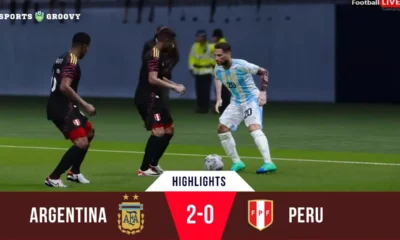
 Soccer5 months ago
Soccer5 months agoArgentina vs Peru 2-0 Highlights & All Goals Copa America 2024
-
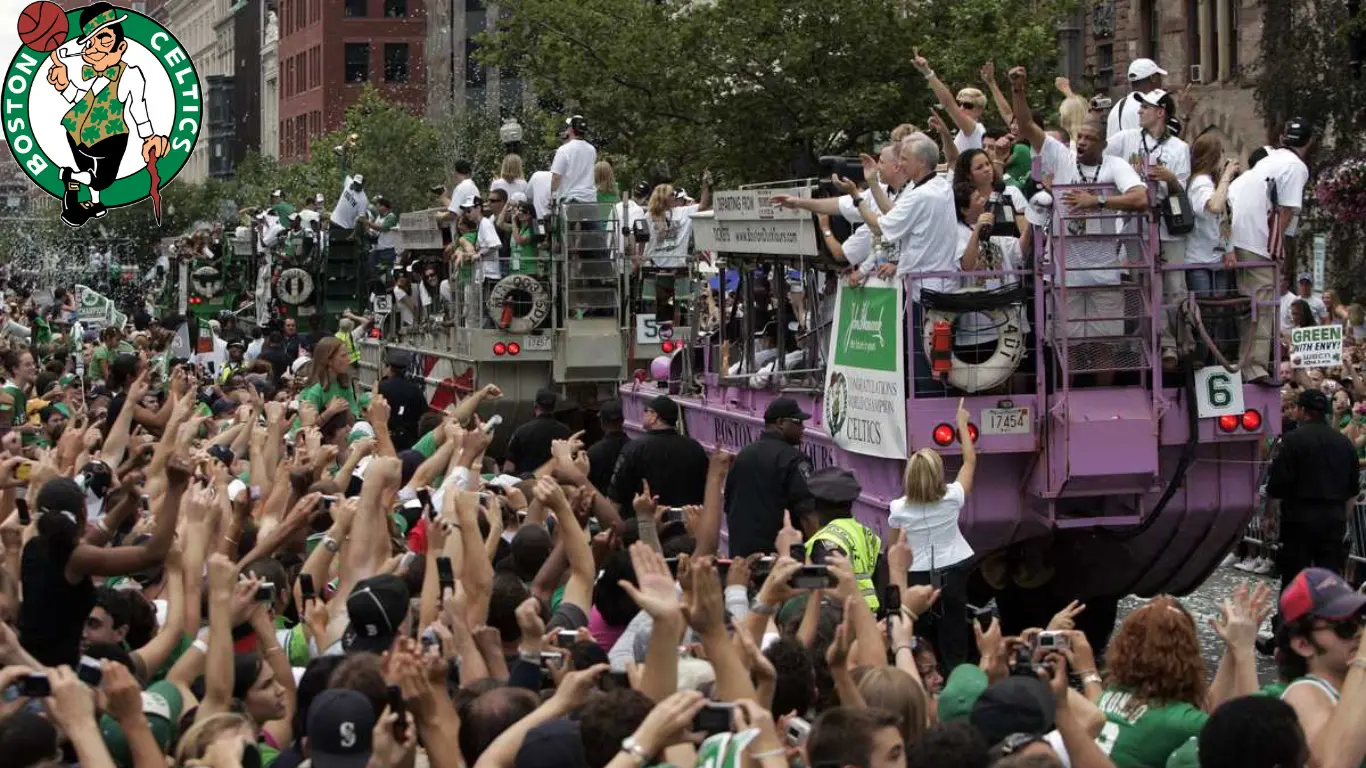
 NBA5 months ago
NBA5 months agoCelebrate with the Boston Celtics: Parade and Traffic Updates
-

 Soccer5 months ago
Soccer5 months agoVinicius Jr Scores Two Goals in Brazil’s Win Vs Paraguay in Copa America 2024
-

 Soccer5 months ago
Soccer5 months agoUEFA EURO 2024: Essential Guide and Key Information
-
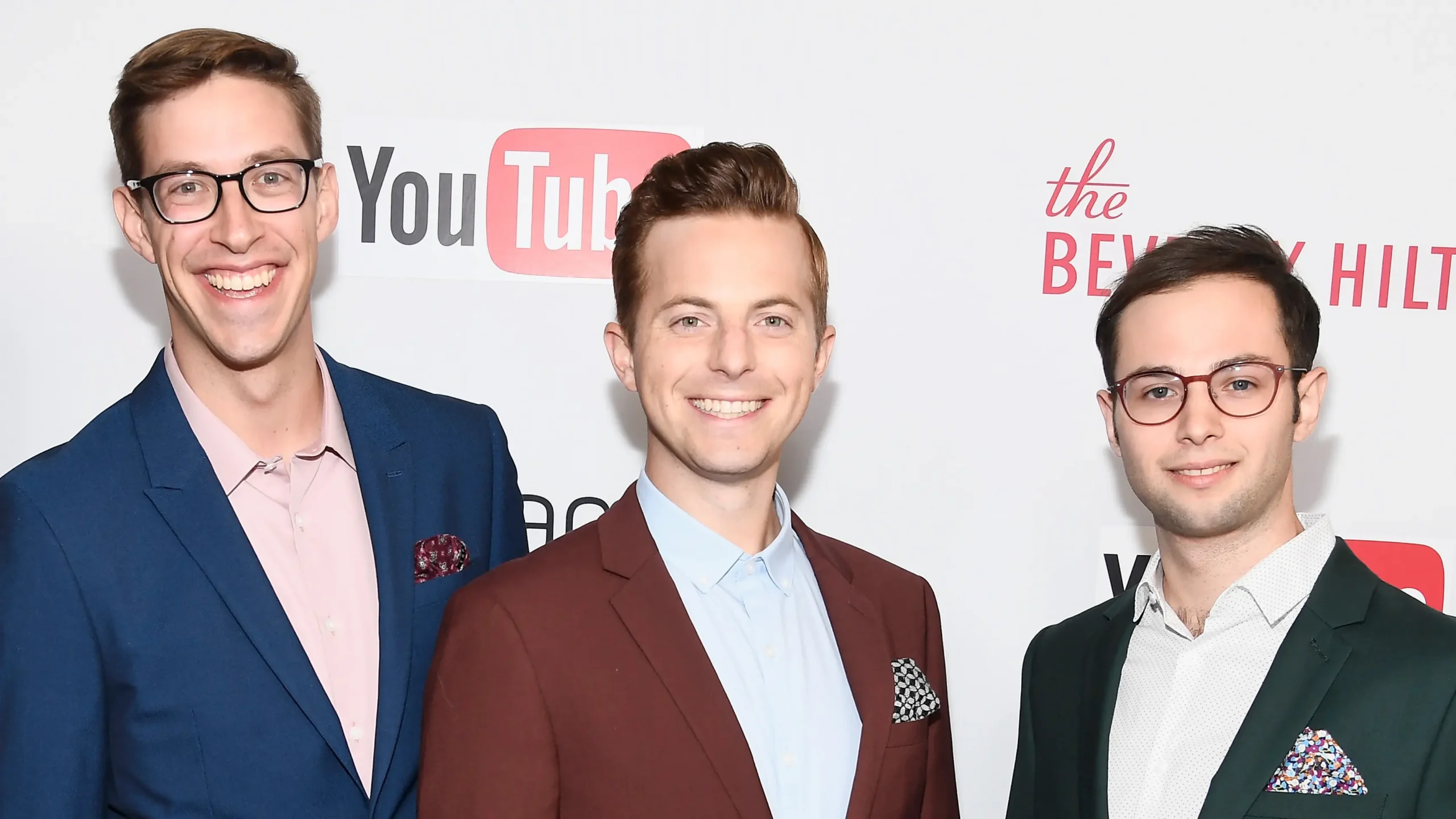
 Entertainment6 months ago
Entertainment6 months agoThe Try Guys’ Journey From Four to Two


